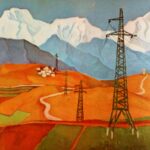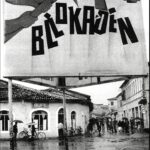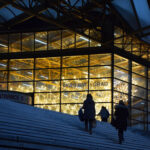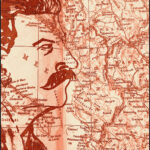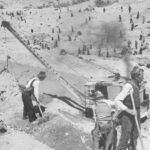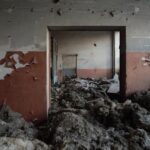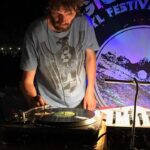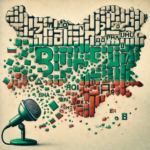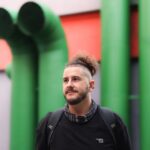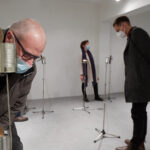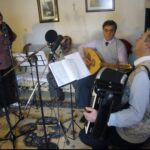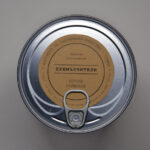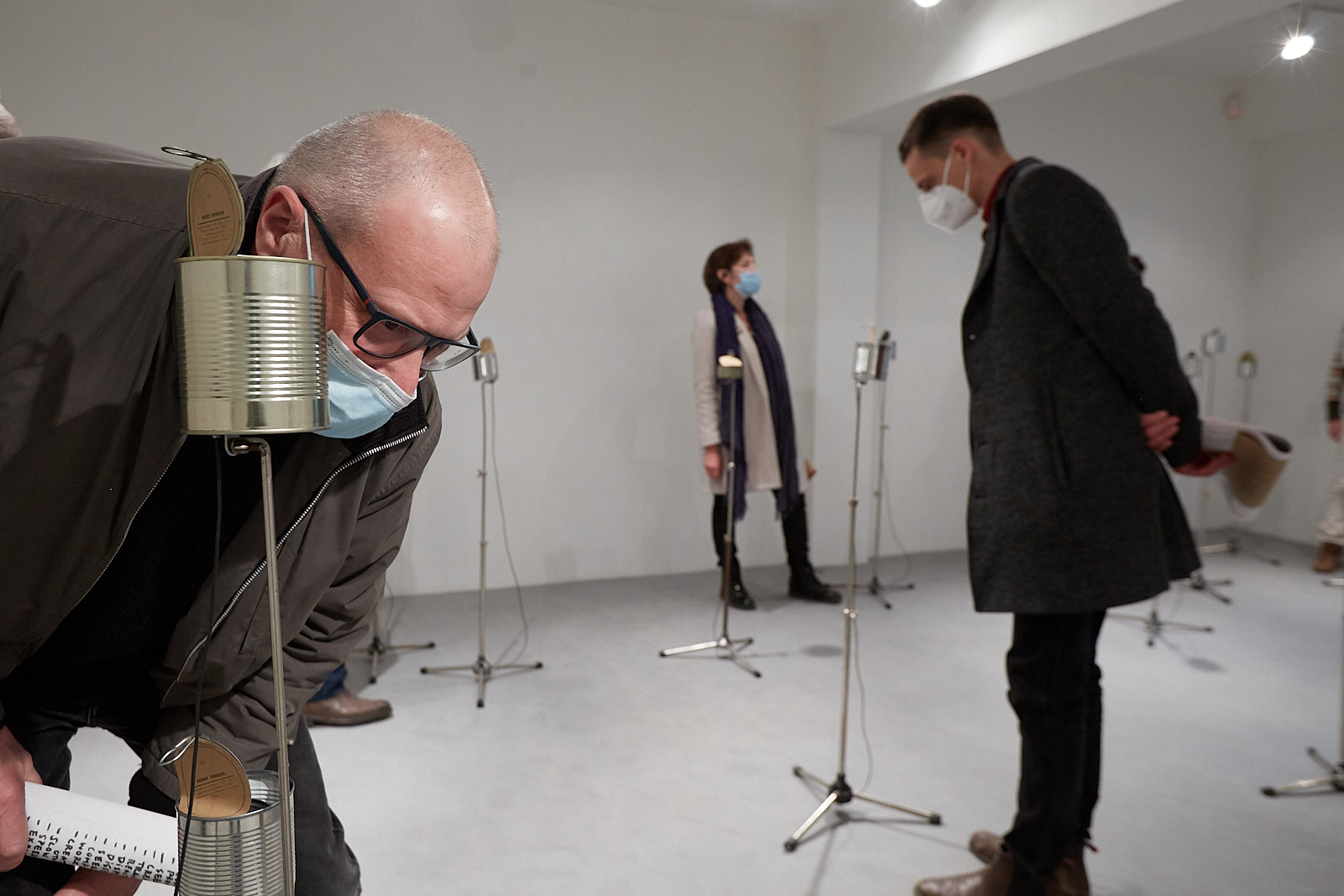The Evasive Choir
Reflections on a sound installation
Solo exhibition “The Evasive Choir” at Gallery ICA-Sofia (2021);
Artwork by Antoni Rayzhekov, video documentation by Kalin Serapionov
Reflections on “The Evasive Choir” sound installation
“The Evasive Choir” (2021) is a sound installation, I created by invitation for a solo exhibition by the Institute of Contemporary Art – Sofia, Bulgaria in 2021. The artwork explores public speaking, focusing on the political voice as a medium of expression in its moments of silence. It consists of thirty tin cans, each containing a small loudspeaker that broadcasts a digitally processed interviews with key figures from Bulgaria’s political and public life since 1989. By stripping away the spoken words, the recordings leave behind only exclamations, sighs, and inarticulate sounds of discomfort or silence. These fragmented voices are then digitally stretched, forming a “chorus of the muffled.” The result is an unsettling auditory and historical soundscape reflecting more than 30 years of political struggles and confusion.
Each tin can have a label on top providing contextual information, including a brief biography of the politician, the media outlet, the interviewer, the year of the recording, and other relevant details. Arranged on metal note-stands in specific positions, the cans form a unique sound-map, intertwining historical, political, and social dimensions. The audience is free to move within the installation, immersing themselves in a fragmented yet haunting dialogue of suppressed voices.
The installation examines the voice before, between, and beyond language, revealing the unspoken, the silenced, and the hidden aspects of political communication. By stripping political speech of its literal meaning, the work uncovers the emotional and psychological undercurrents that accompany public speaking, revealing more about the speaker’s internal and external conditions than the words themselves. The absence of coherent language aims to compel the audience to interact differently, transforming the act of listening into a confrontation with political and social realities. The result is a space charged with discomfort and unease, where silence speaks louder than words.
“The Evasive Choir” also engages with the broader concept of silence – both personal and collective. It highlights the “national silence” that has shaped Bulgaria’s recent history, where difficulties in open dialogue and the legacy of suppressed voices have hindered democratic processes. By focusing on the remnants of speech, the installation serves as both an archive and a critical commentary on atrophied public media and society’s political apathy. Rather than offering an overt critique, the work subtly exposes the lingering effects of silencing, allowing the audience to reflect on its implications for political communication and public engagement.
Several art critics and cultural commentators have analyzed the impact of “The Evasive Choir”, highlighting its conceptual depth and socio-political significance.
In his article Audio Guide to Bulgarian Politics (2021) , Svetoslav Todorov describes how the installation amplifies moments of hesitation, evasion, and a reluctance to engage in specifics. He characterizes the result as a “chorus of silence,” creating an unsettling and ominous atmosphere that exposes the ambiguity of political discourse.
Kalina Tsoneva, in her article Antoni Rayzhekov and His Chorus of Silencers (2021) , contextualizes the work within a research-based artistic practice. She suggests that my research in systematically collecting political interviews over time to construct a comprehensive representation of reality is related to sociological and anthropological methodologies, Tsoneva argues that “The Evasive Choir” functions both as an archive and an exposé, documenting the patterns of silence among Bulgarian politicians over the past three decades. However, she emphasizes that this exposure does not carry an explicit judgment; rather, it presents a phenomenon for reflection.
Art historian and critic Diana Popova offers another perspective in her article Canned Silences (2021), where she explores the complex relationship between language and politics within the installation. She describes the physical arrangement of the tin cans -varying in size and height, positioned in pairs or in contrast based on historical context, political affiliations, timbre, or expression. Popova notes that these connections, while carefully structured, remain open for interpretation, allowing the audience to navigate and reconstruct them according to their own knowledge and experience.
Listening to the preserved silences – whether in the collective chorus or in the isolated fragments of individual politicians – Popova highlights how the work balances communal and personal dimensions. The silences, rather than disrupting one another, coexist as layered expressions of political speechlessness, reinforcing the haunting presence of what remains unsaid.
Through its immersive and thought-provoking soundscape, “The Evasive Choir” challenges traditional notions of speech, silence, and political expression. By transforming political voices into fragmented remnants of hesitation and avoidance, the installation confronts audiences with the reality of suppressed discourse in contemporary society. In doing so, it not only archives history but also reveals the power of absence – where silence, paradoxically, becomes the loudest voice of all. 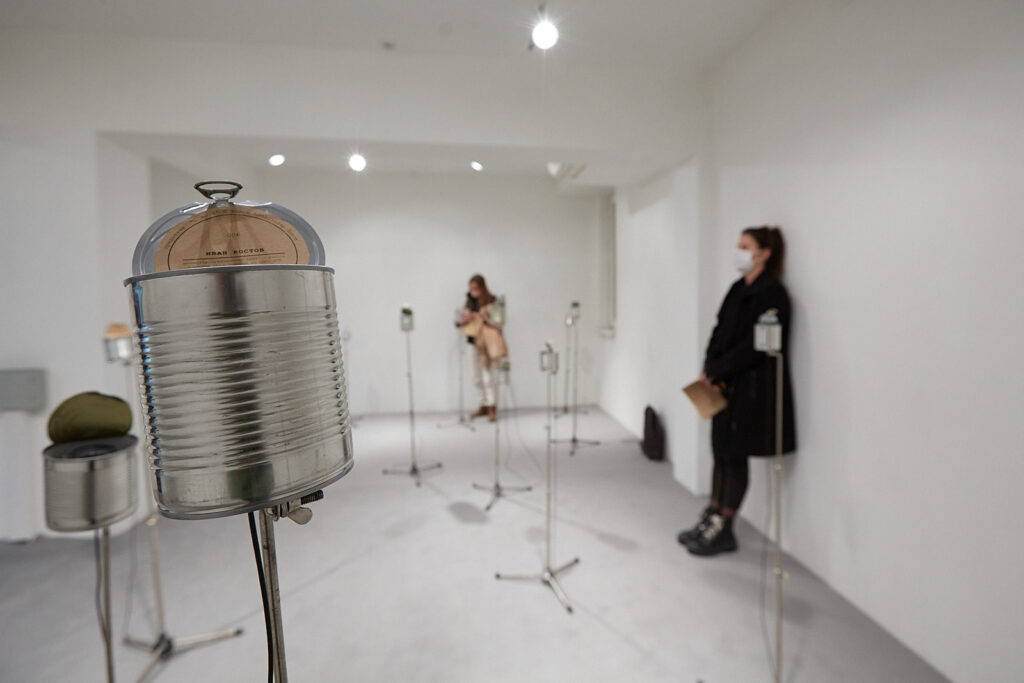
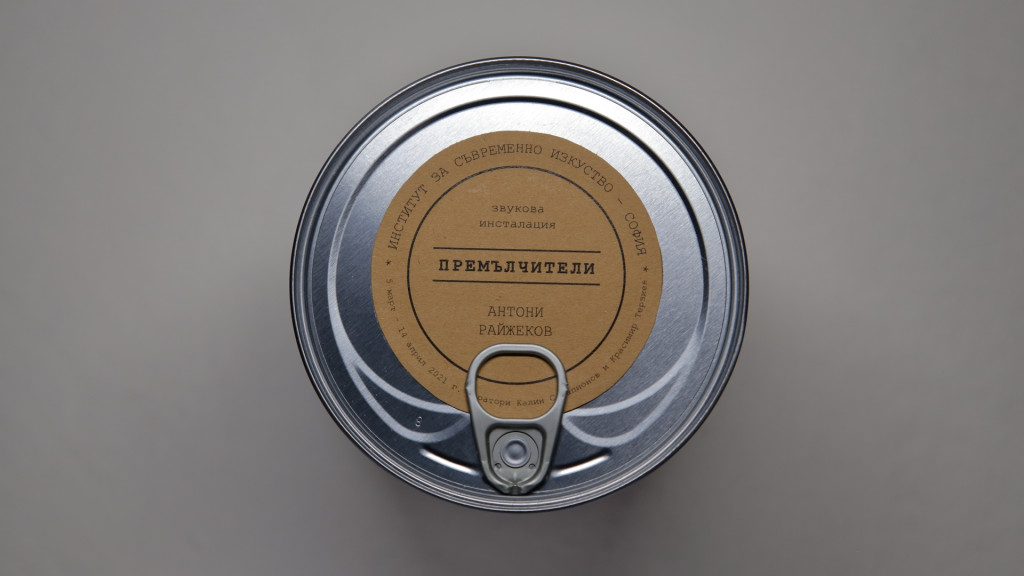
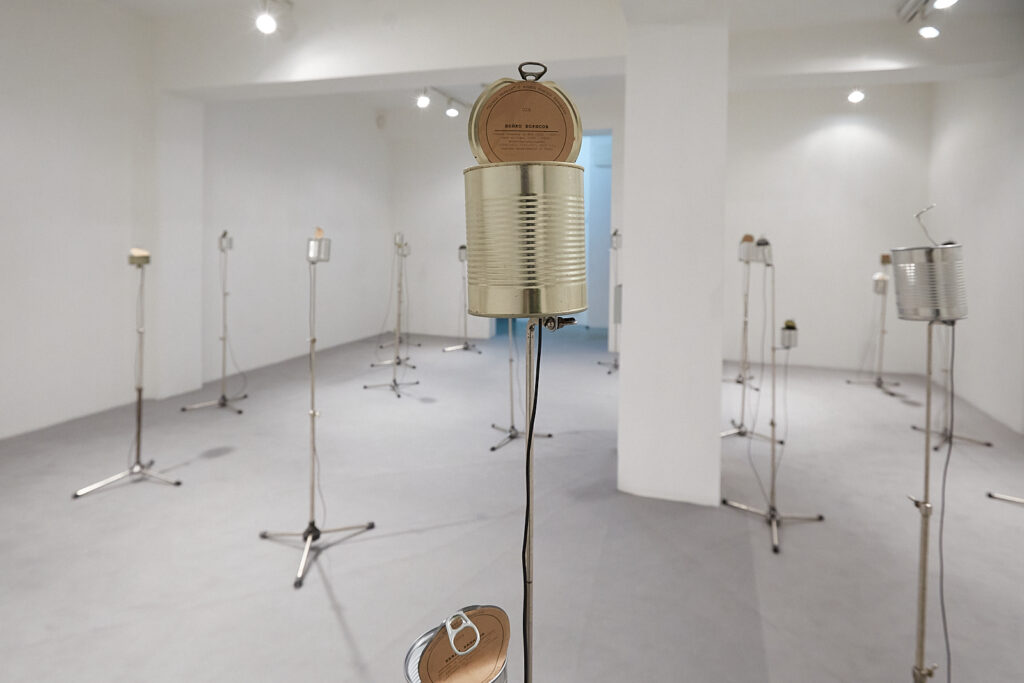
photos by Rayna Teneva
Acknowledgments
The solo exhibition and the artwork “The evasive choir” by Antoni Rayzhekov with curators Kalin Serapionov and Krassimir Terziev is part of the 2021 annual international program of ICA-Sofia entitled “Superpositions*”. The programme is guided by the principle that interdisciplinarity is a major vector in contemporary art practice. The series of exhibitions examine the connections between art and fields such as: politics / poetics; science and technology; popular culture; gender and social movements; ecology and migration. The annual programme “Superpositions” 2021 is supported by the Bulgarian National Fund Culture / Annual Programme for Support of Professional Organisations in the Field of Arts. Following a proposal by Iara Bubnova, in 2024 the artwork was acquired for the contemporary art collection of the National Art Gallery of Bulgaria.

